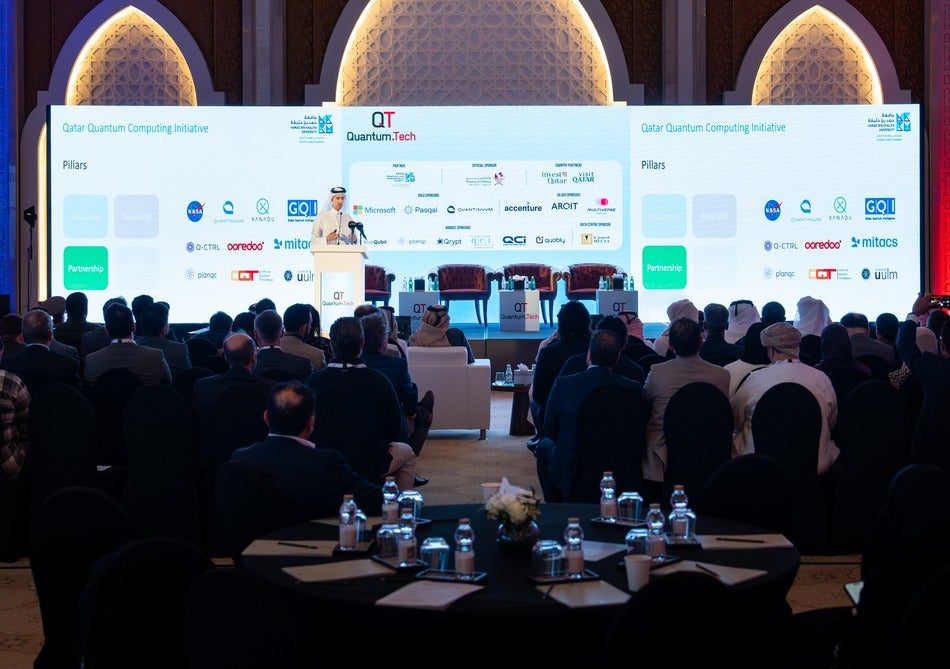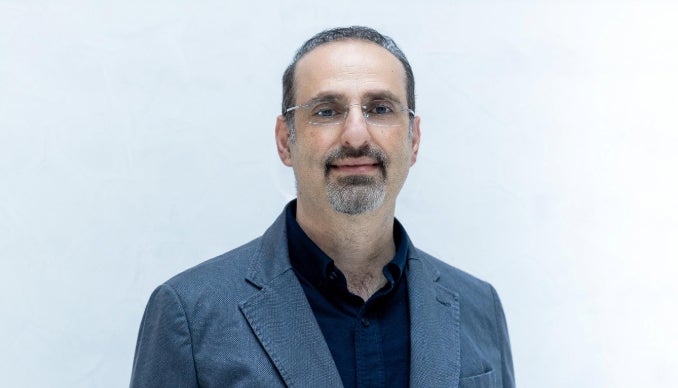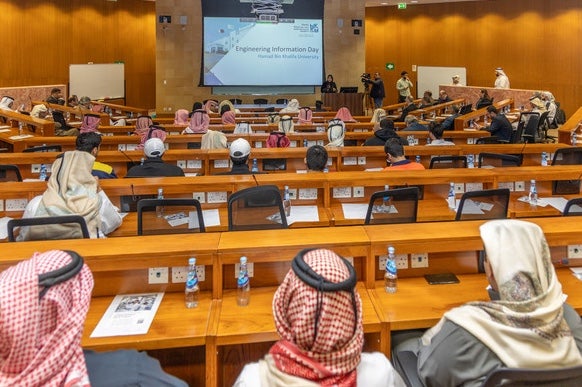Faculty members and students at HBKU’s College of Science and Engineering are using time-series analyses and heat maps to predict the next fender bender in Qatar.
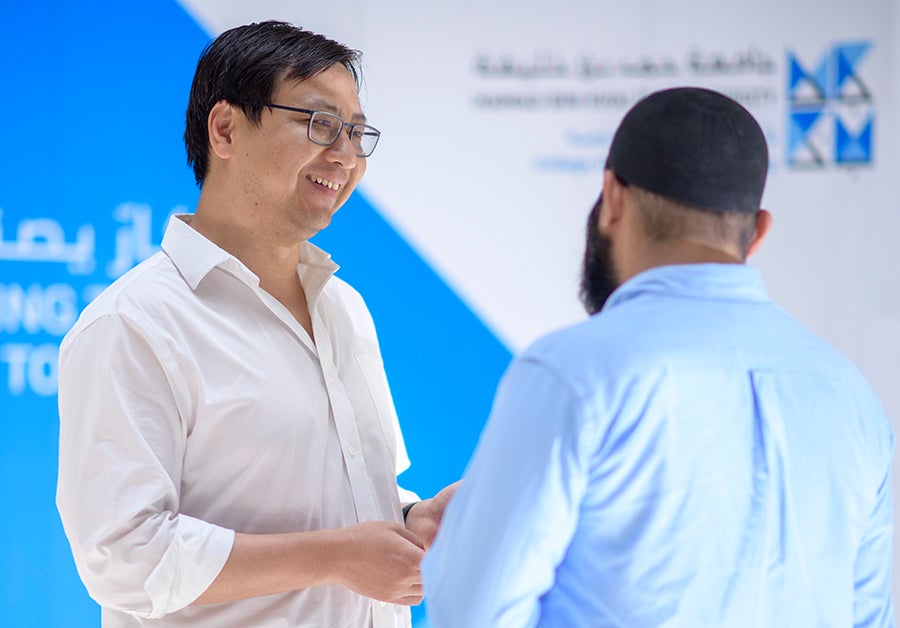
By 2050, the UN estimates that close to 70 percent of the world’s population will be living in cities. The numbers -- set to ramp up as the years go on -- are not surprising given vast investments in smart living research and technologies, all with the hope of offsetting some of the undesirable outcomes of densely populated areas.
Effective traffic management has become a necessity as Qatar alone witnessed a trifold increase in population in the decade leading up to 2011. But experts at HBKU’s College of Science and Engineering now say there’s a need to optimize traffic management resources.
“At any given time, traffic management forces in Doha can only cover or accommodate 60 to 70 percent of all traffic incidents across 60 different districts,” said Dr. David Yang, assistant professor of information and computing technologies at HBKU. “One aspect of the research we’re currently conducting aims to help allocate current traffic resources and reduce time spent patrolling. An advanced stage of the research would hopefully mean that accidents are forecasted in advance, and even prevented entirely.”
To predict traffic incidents, Dr. Yang is working with his student, Mansoor Al-Thani, under the PhD in Computer Science and Engineering program, to analyze traffic datasets and use time-series analyses to achieve relevant inferences.
“Prediction analyses and research are relatively mature on their own, but what we are trying to do now is also utilize AI (artificial intelligence) methods in order to empower government bodies and support furthermore their efficient efforts in policing,” said Al-Thani.
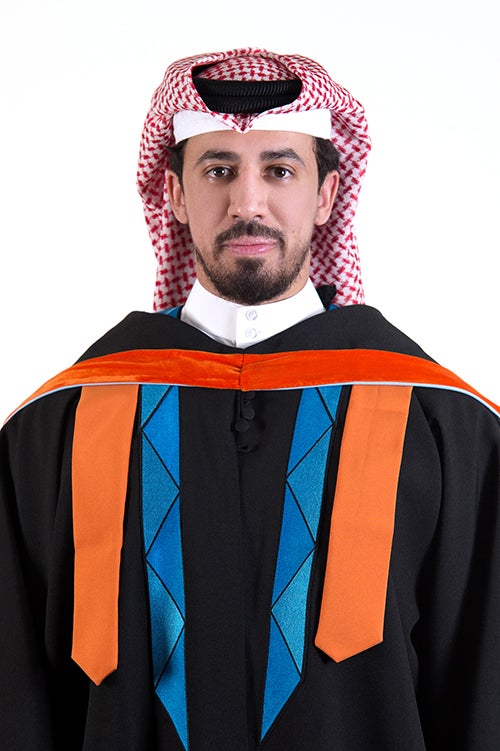 Al-Thani, a former Master of Science in Data Science and Engineering graduate at HBKU, says it will definitely support police deployment across all four scheduled shifts a day.
Al-Thani, a former Master of Science in Data Science and Engineering graduate at HBKU, says it will definitely support police deployment across all four scheduled shifts a day.
“The model is yet a new one in Doha and an effective way for decision-makers to benefit from better policing and force distribution,” he explained.
“Time-series analyses enable us to plot all incidents over an identified period of time and achieve an understanding of the underlying patterns that these incidents have in common,” said Dr. Yang. “What they cannot help us understand, however, is what caused the accident in the first place.”
“To come up with plausible reasons, we have to utilize another research tool known as causality analysis -- a method of problem-solving used to identify the root causes of faults or problems,” he added.
A heat map of incidents in Al-Shahaniya (a municipality 20 kilometers away from Doha) revealed an increased magnitude of traffic accidents. One theory, Dr. Yang says, could be that the area is a popular location for car stunts. Another area of study near one of Doha’s popular intersections in Education City witnesses a considerably larger volume of accidents, possibly owing to truck congestion and obstruction.
“The only way to know with certainty is to remove the suspected factor from the equation and observe subsequent trends,” he said.
To achieve even more accuracy, the research team is looking at combining results with weather-based datasets, especially in cases where extreme conditions are likely to contribute to traffic woes. Other data on city-wide construction complement current studies as a possible factor for increased traffic incidents.
Beyond traffic management, data series analyses have proven to be a powerful tool for weather prediction, stock market analysis, and sales forecasts.
“The development of sustainable and intelligent cities is the roadmap to the future,” said Dr. Yang. “What we’re trying to achieve are bespoke solutions that are especially attuned to national needs, while taking into consideration the unique landscape of the country.”
The College of Science and Engineering -- currently offering 13 forward-looking academic degrees -- has identified six key areas through which it aspires to contribute to national and international research. Its three divisions cover Sustainable Development; Information and Computing Technology; and Engineering Management and Decision Sciences. In recent years, the college has witnessed a rapid yet calculated expansion in its offerings, which has helped position it as a significant contributor to Qatar’s educational efforts.
The College of Science and Engineering is also advancing blockchain technologies. Find out more by clicking here.
Related News
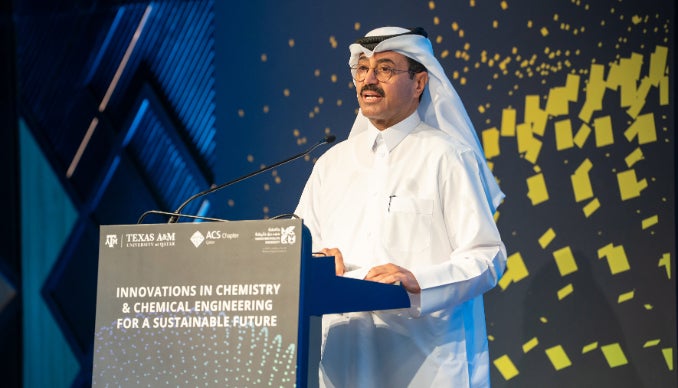
HBKU, TAMUQ and ACS Host Conference on Innovations in Chemistry and Chemical Engineering for a Sustainable Future

bNovate Technologies Partners with HBKU in Groundbreaking SMART-Distribution Project to Enhance Qatar’s Water Security
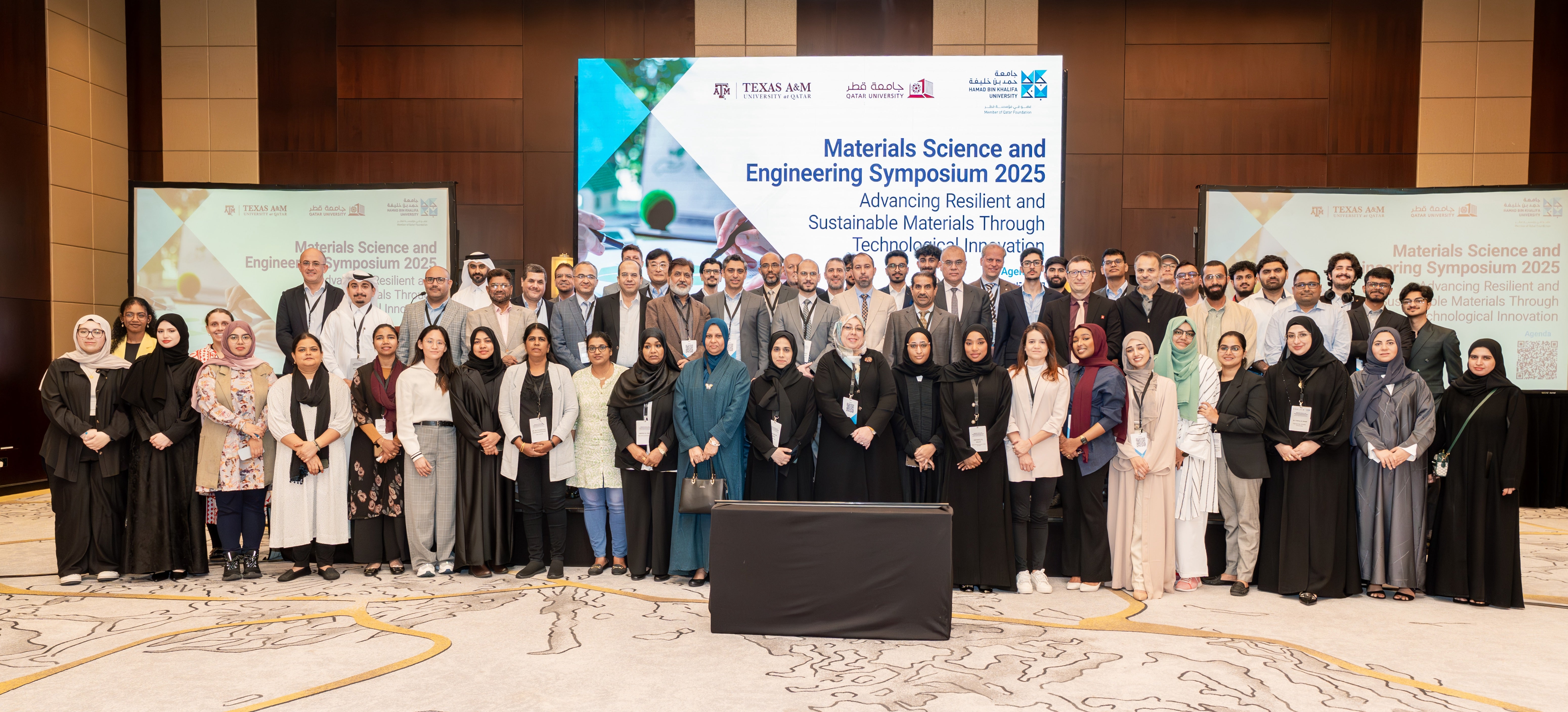
HBKU Co-Hosts the 14th Materials Science and Engineering Symposium (MSES-2025)
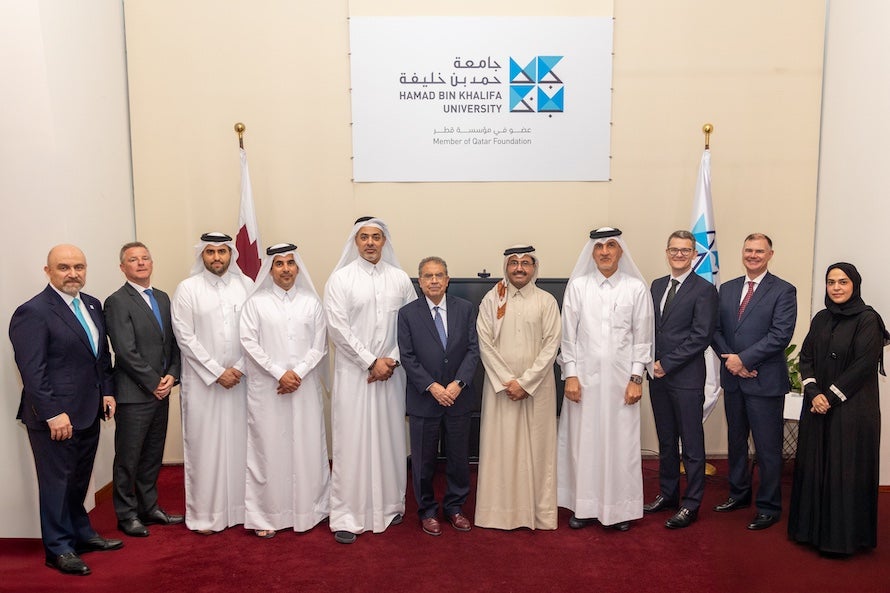
HBKU’s College of Science and Engineering Organizes First Industry and Government Advisory Board Meeting
